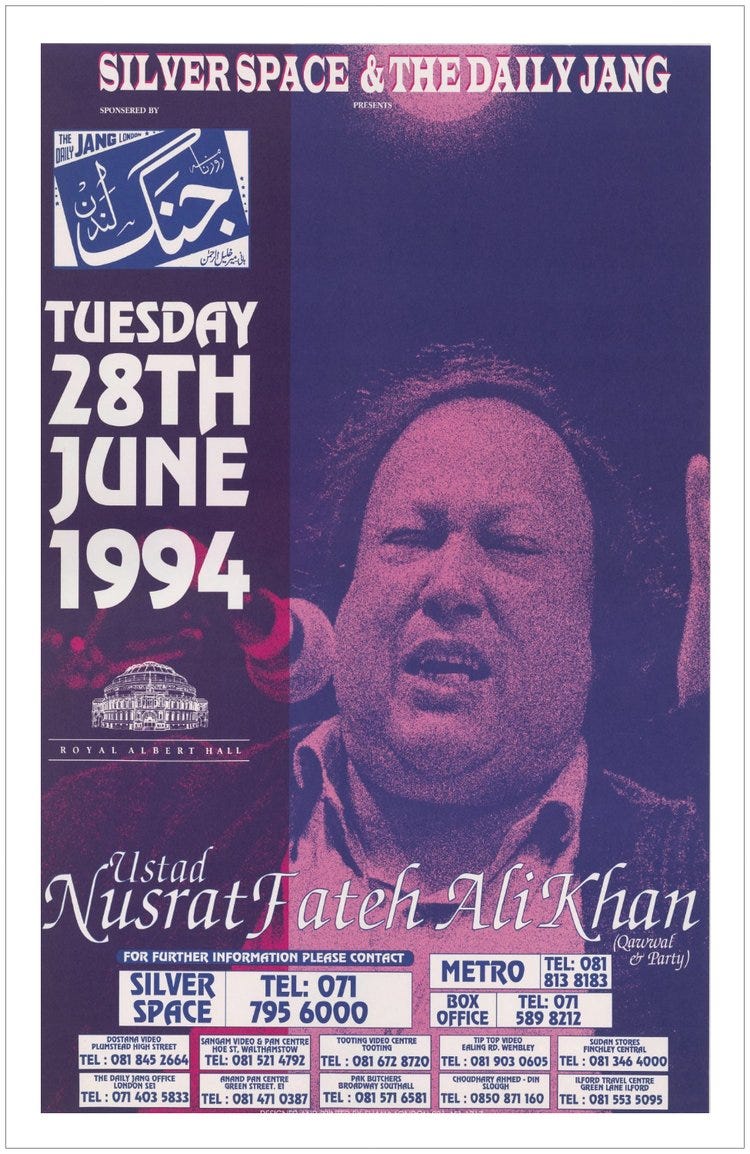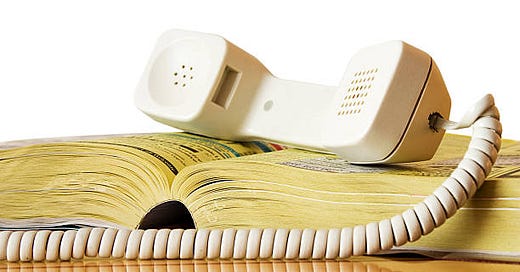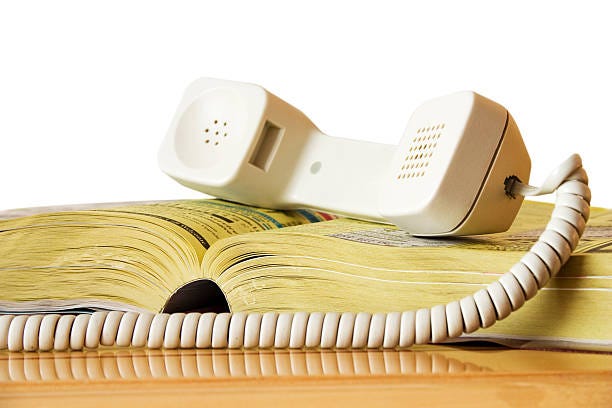Welcome to the Brown History Newsletter. If you’re enjoying this labor of love, please do consider becoming a paid subscriber. Your contribution would help pay the writers and illustrators and support this weekly publication. If you like to submit a writing piece, please send me a pitch by email at brownhistory1947@gmail.com. Don’t forget to check out our SHOP and our Podcast

Recommended Reads:
The Phone Book Was Our Beacon
It was in an airport terminal waiting for a flight from Tashkent to Urgench where I heard her story. After a few days in Uzbekistan, home in Texas felt farther away than usual that morning. It was my mother’s birthday and I was holding her close in my mind as I struck up a conversation with Nezha Hamid, a fellow traveler in my group, whom I met a couple of days before. As two daughters of immigrants, our discussion meandered its way to her family’s American origin story. It was one of the rarer tales of South Asian migration in the 1950s, over a decade or so before that of my parents. These early Asian arrivals to the United States immediately set out to create a chosen family, developing connections based on a shared identity with the help of an unsung tool. An unheralded and now virtually extinct mortar for communities building something out of nothing: the phone book.
Nezha was born and raised in Colorado. On separate journeys from Pakistan, her mother, Saeeda, and her father, Iqbal (Allah Yerhamo) made it to Denver, Colorado to study in the early 1950s. Immediately, I was curious. Setting aside the fact that Nezha’s mother defied societal norms traveling internationally to study on a Ford scholarship in the fifties, the immigration hurdles Black and Brown people would have had to navigate made this a unique story. This was America prior to the Immigration and Nationality Act of 1965, or INA – a direct result of the civil rights movement. After years of intense struggle and resistance led by Black communities, 1964 and 1965 saw legislative changes aimed at doing away with discrimination in education, employment, public accommodations, and voting through the Civil Rights Act and Voting Rights Act. The INA veered away from the race-based quota system, which gave preferential treatment to western Europeans and opened the door for immigrants from the Asian subcontinent. My parents were direct beneficiaries, arriving in 1963 and 1975 respectively.
My interest was piqued for the seemingly miraculous union of Nezha’s parents. The heavy restrictions on Asian immigration in the 1950s under the hateful, yet effective legacy of the Chinese Exclusion Acts and the Immigration Acts of 1917 (targeting Asians as “undesirables” barred from entering the United States) and 1924 (setting the quota of annual arrivals from most Asian countries at 100 people, but still holding in place the Asiatic Barred Zone making that tiny allowance a virtual impossibility for entry). There were, however, lean exceptions allowing entry for certain students, professors, and other highly educated individuals. Despite the narrow pathways to the United States, Nezha’s mother and father – a Lahori and a Karachiite – serendipitously found one another in Denver, Colorado. They got married and had four children.
Like so many families new to America, her parents set out to build a foundation where their numbers were few, rooting themselves into a cobbled-together community in the absence of the loved ones they longed for. Many may argue about what the most transformative tool has been to achieve this goal in the South Asian 20th century U.S. immigration story. Perhaps it’s the local barber shop, Indian market, or mosque bulletin board. But the humble American phone book was a far more iconic tool, predating and paving the way for the creation of those institutions.








